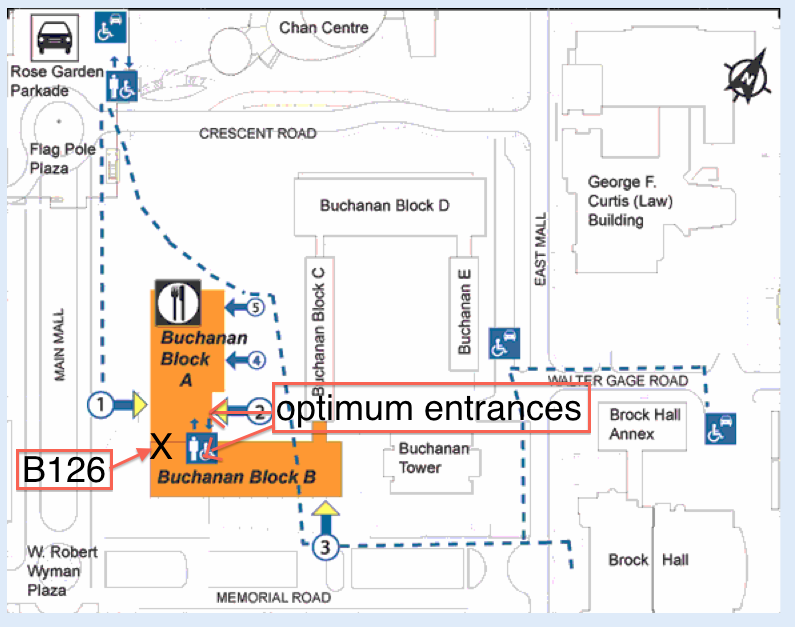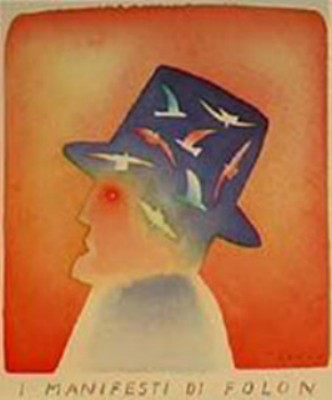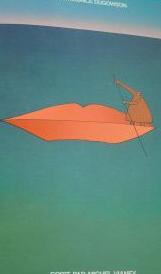Language lab work (or, for FREN 102-901 and -902, the alternative exercises c/o your instructor)
= 10% of your final grade.
Students in daytime sections (sections FREN 102-201, 202, …206) should ensure that they are registered BOTH for that main class (3h/week) AND for a lab group. Please go to your scheduled session and not to a different one in which you are not registered. More information on labs is at this present page and will also be emailed to students in week 2, before labs start.
Students in evening sections (FREN 102-901 and -902) have no lab. Reason: labs only operate during daytime working hours (UBC building/classroom services + staffing/lab monitor contracts). 901 will have an alternative exercise to be determined by their instructor…
The lab sessions start in week 3 of term for half the groups, week 4 for the other half. You will have five (5) lab sessions, one every two weeks until the end of week 12. There is no lab in week 13.
WHERE ARE THE FREN 101 LANGUAGE LABS / THE LANGUAGE CENTRE?
In the course information at the Student Service Centre, your lab location looks something like this:

and on your timetable, your lab location looks something like this:
![]()
This is a long-standing UBC Classroom Services Known Issue. The following information will hopefully clarify, calm, and reassure.
Your language laboratory session is in B126.
The Arts computer labs (B126 and others) are on the ground floor in the corner where Buchanan A and B meet.
 Here is a larger-scale local area map, for Buchanan B.
Here is a larger-scale local area map, for Buchanan B.
One route:
- go to Buchanan/Arts block (= buildings A, B, C, D, E and the tower)
- find the corner where Buchanan A and B meet, at the 100-level
—not via Main Mall: at the lower level, where there’s the courtyard formed by A, B, C, and the water-feature with big funky white sculptural arch
—the A/B corner is under a pillared area - enter Buchanan B
- go straight ahead: you will see a stairwell on your right and Buchanan B101 on your left
- B120 is straight ahead of you: go in
- inside B120, there are more doors and rooms; B126 is straight ahead of you
WHEN ARE THE LABS?
The labs start in WEEK 3 (the week of 15-19 January 2018). There are 12 lab groups for FREN 102, grouped in two sets, “A” and “B.” “A” and “B” groups meet in alternate weeks; that is, every other week / fortnightly.
You will see from your individual schedule what lab group you are in. (If you have not yet registered in a lab, please do so.) The lab schedule looks like this:
If your group ends in the letter A
(ex. FREN102 L1A)
= your first lab is in the week of 15-19 January (week 3 of term)
(ex. for group L1A, your first lab session on Monday the 15th from 12 noon to 1.00 p.m.)
and your lab sessions will be every other week, in odd-numbered weeks
(= weeks 3, 5, 7, 9, 11)
If your group ends in the letter B
(ex. FREN102 L1B)
= your first lab is in the week of 22-26 January (week 4 of term)
(ex. for group L1B, your first lab session is on Monday the 22nd from 12 noon to 1.00 p.m.)
and your lab sessions will be every other week, in even-numbered weeks
(= weeks 4, 6, 8, 10, 12)
WHAT SHOULD YOU BRING TO THE LAB?
Paper and a pen.
WHAT HAPPENS DURING THE LAB SESSIONS?
(The information below will be updated in week 2 of term.)
The purpose of the language lab sessions is to provide you with dedicated listening practice, to help you develop skills of aural comprehension, and to start working on pronunciation and speaking. This will include dictations.
A second purpose of your lab sessions is to give you some informal (and not graded!) French aural and oral practice, with the assistance of a real live native speaker of French. You will NOT be graded on practice exercises; and you will NOT be graded on pronunciation and speaking. But: your language lab TEST mark counts for 10% of your final grade for FREN 101.
Lab sessions cover material (grammar, structures, thematic vocabulary) already worked on in your main class, usually from the previous week. Language and its acquisition being cumulative, material from earlier in the course and from 101 will reappear, progressively.
Each lab session will follow the following format:
- audio-visual materials: listening, watching video
- conversation exercises (in pairs or small groups), including pronunciation practice, around what you have just heard and/or watched
- COMPREHENSION TEST (individual) building on the materials and exercises you will have just worked on
THE LAB TEST (= comprehension): During each lab session there will be a short test that will count toward the term mark. You should bring some paper and a pen with you. At the top of your paper, make sure to write down:
- your name
- your course, including its section number
- and your section instructor’s name:
that is, the name of the person who teaches you, in person, in class (ex. Chantal Phan); NOT the course coordinator (unless she happens to be your instructor, of course…)
Lab monitors will read out the dictation script to you: this will be a text in French, and you should write down in French what you hear in French. The dictation will be read out in the traditional way: once through; then twice slowly, phrase by phrase; finally once more through for rereading and correction. The dictation will be followed by 2 or 3 short questions about what you just heard and transcribed, to test your comprehension. At the end of the test, hand your test in to your lab monitor; they will convey tests to the section instructors; your instructor will mark your test and return it to you in class the following week.
There may also be some time at the very beginning and end of class for further pronunciation practice: this is purely voluntary and optional for you, an opportunity for practice with the lab monitors. The lab monitors are there to help to guide you, informally. You can also continue with pronunciation practice at the (free!) French, Hispanic & Italian Studies Learning Centre.


